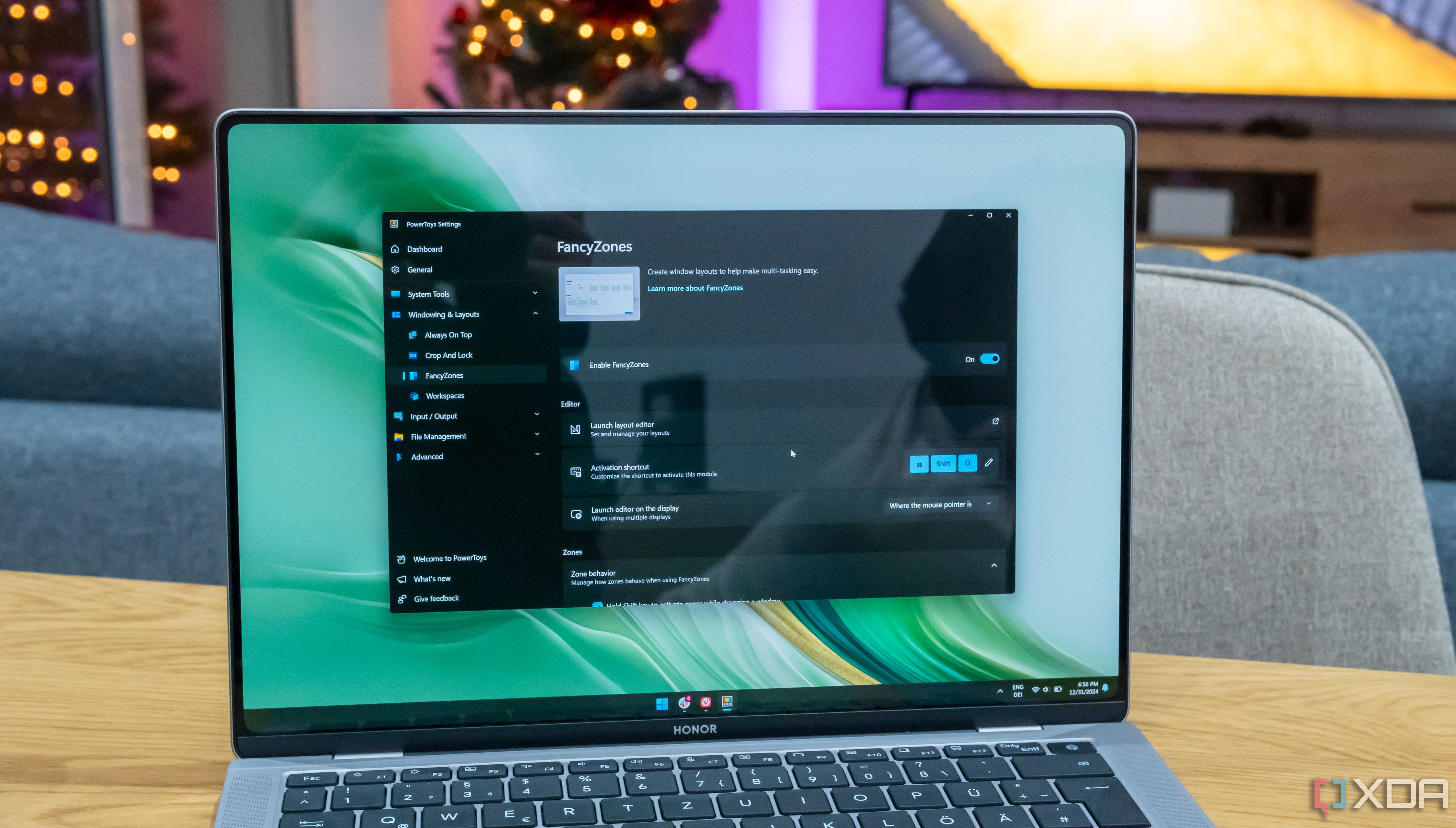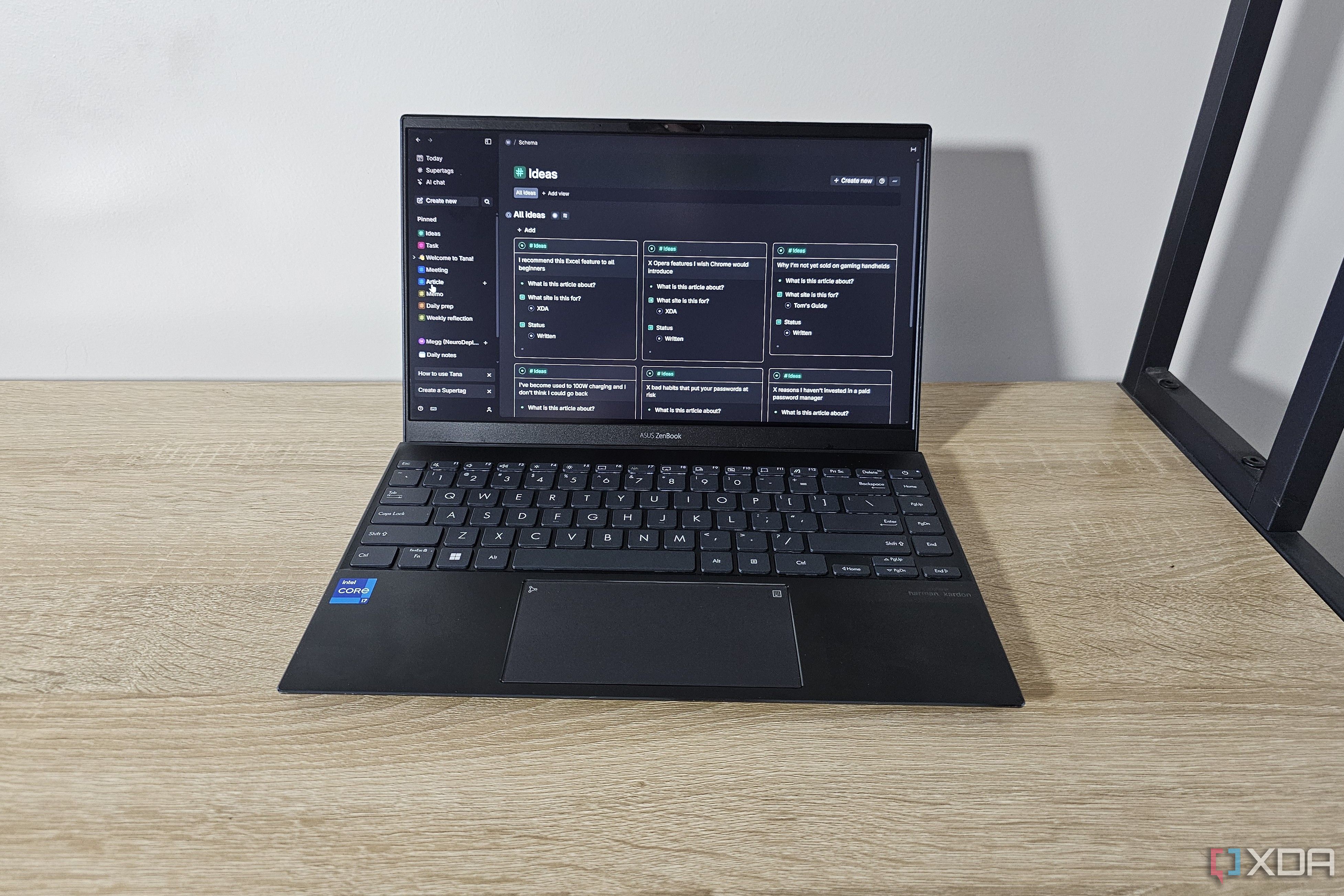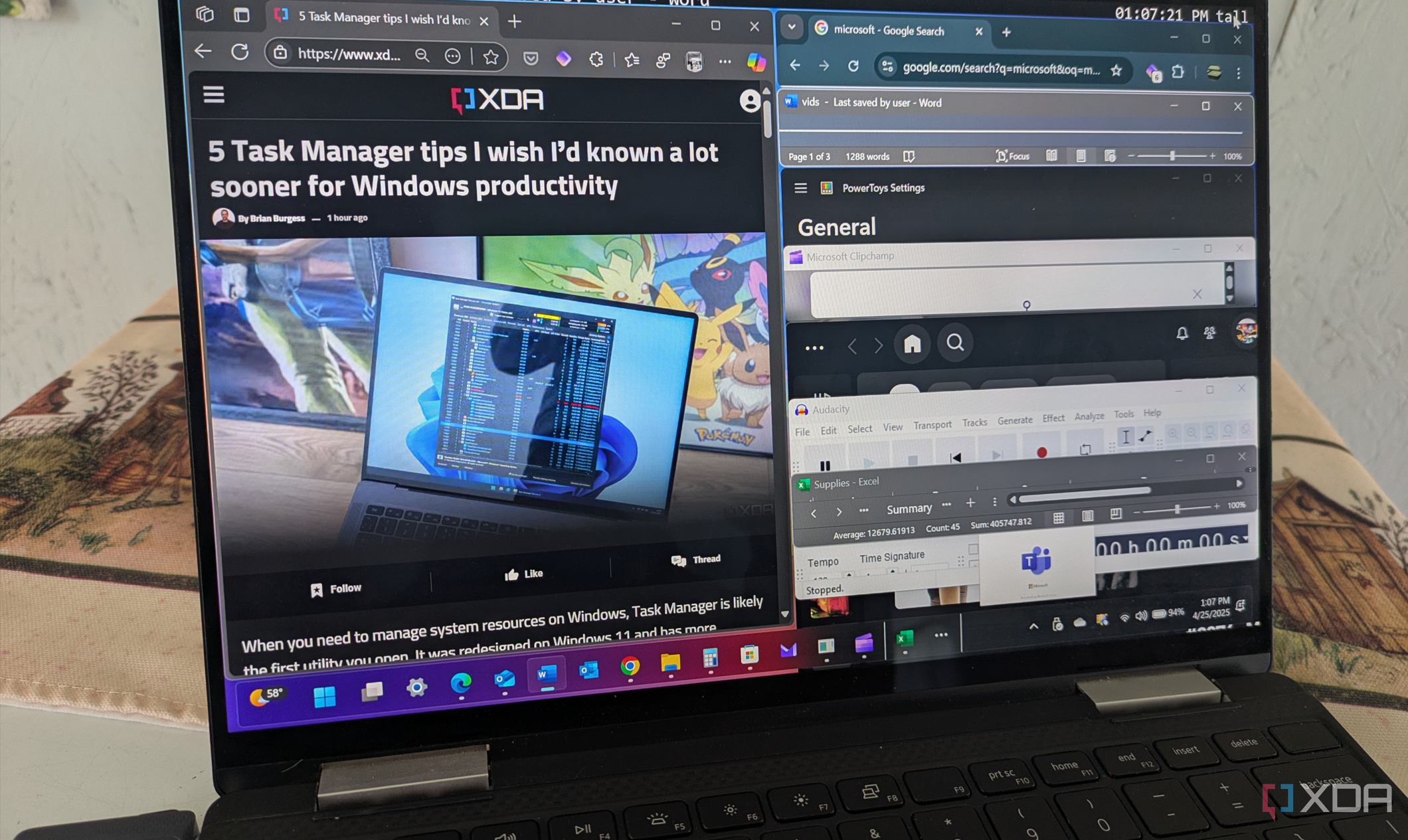June 14, 2025
Windows PowerToys has emerged as a game-changer for professionals seeking to optimize their daily workflows and reclaim lost time. At the heart of its appeal is the Command Palette, a unified interface that allows users to launch applications, activate settings, and execute system commands instantly—eliminating the friction of hunting through menus or juggling shortcuts. This feature is especially valuable for multitaskers and Windows power users, who often find themselves switching between dozens of applications and tasks throughout the day. Recent surveys highlight a 20% reduction in time spent switching tasks for PowerToys users, with adopters reclaiming an average of 15 minutes per day by streamlining their workflow and reducing context switching headaches. The integration of over 50 system functions makes PowerToys a comprehensive hub for productivity, and its popularity has soared among Windows 11 users throughout 2025. Beyond the Command Palette, PowerToys offers a suite of tools designed to enhance efficiency, including advanced window management, keyboard remapping, and file renaming utilities. These features empower users to customize their digital environment to suit their unique needs, reducing friction and enabling faster, more focused work. Mastering PowerToys can permanently elevate your efficiency, allowing you to recapture lost hours and optimize routines. Users report that the toolset turns multitasking from a productivity drain into a competitive advantage, enabling them to accomplish more in less time. As adoption widens, expect PowerToys to become a standard toolkit for digital professionals intent on working smarter, not harder. Productivity experts recommend starting with the most relevant features for your workflow and gradually exploring the full suite as you become more comfortable. Many users find that the time invested in learning PowerToys pays off quickly, with measurable improvements in both speed and accuracy. The community around PowerToys is also a valuable resource, offering tips, tutorials, and support for new users. In a world where every minute counts, PowerToys stands out as a practical, powerful solution for anyone looking to master their digital day. Whether you’re a developer, designer, or knowledge worker, this toolkit can help you streamline your workflow, reduce distractions, and achieve more with less effort. As digital tools continue to evolve, PowerToys exemplifies the kind of innovation that makes a real difference in how we work and live.







